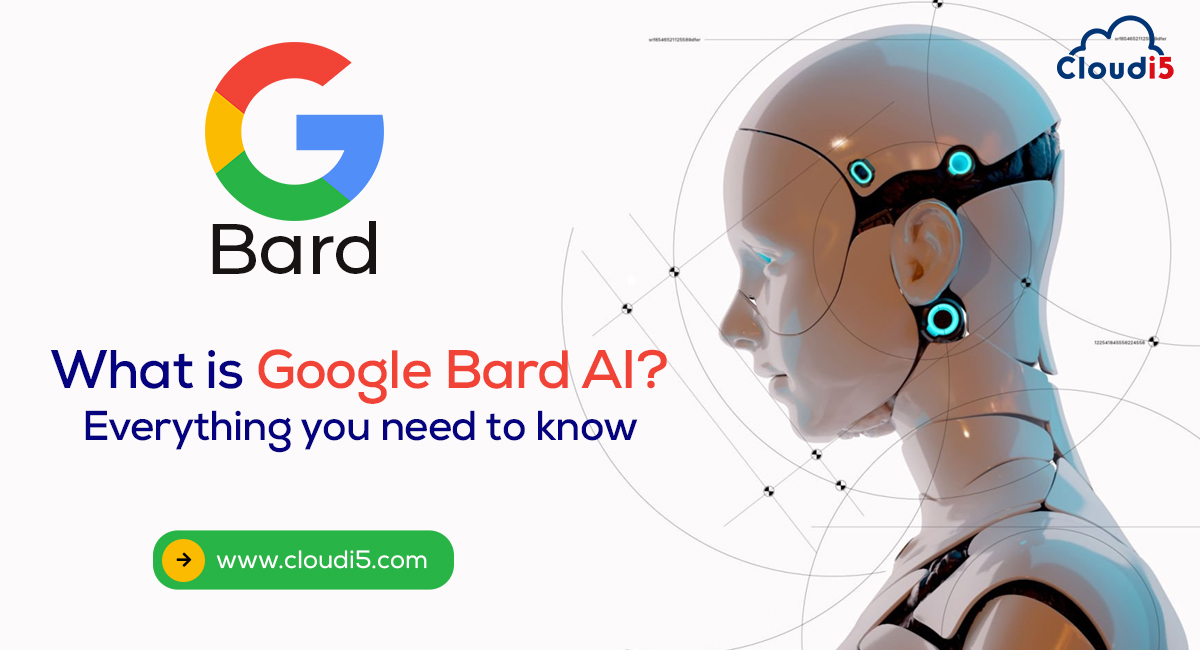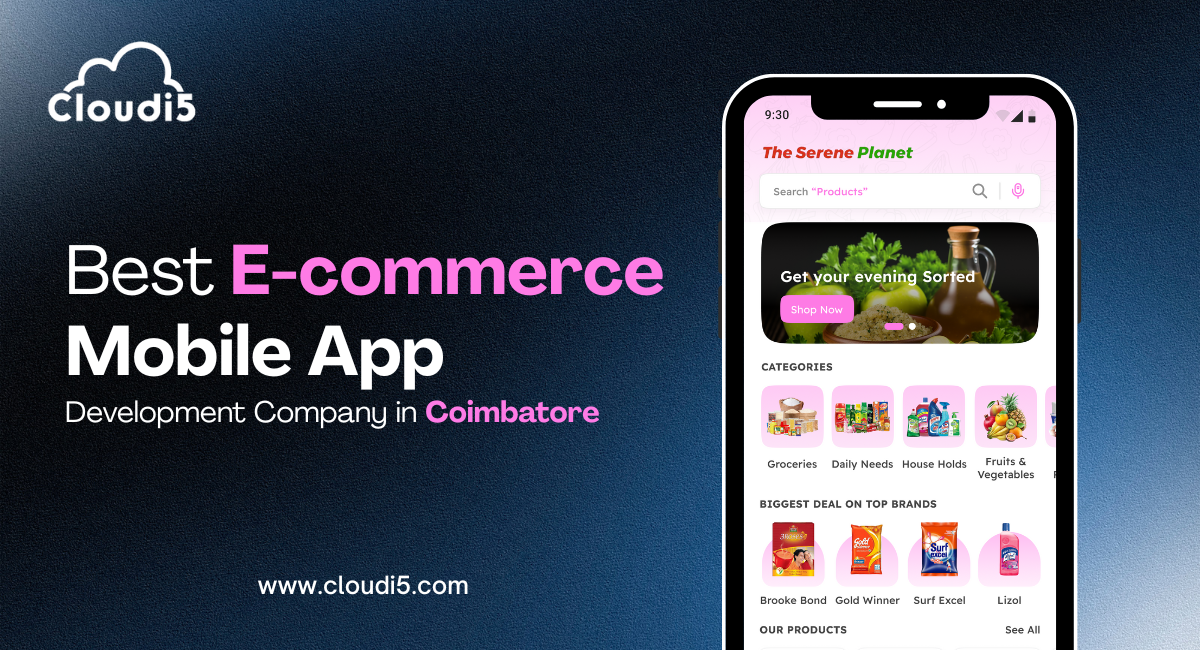
What Is Google Bard AI? Everything You Need To Know
AI's influence extends beyond creative pursuits and into web design and development. AI-powered tools streamline processes, automate repetitive tasks, and enhance user experiences. By analyzing user behavior and trends, AI algorithms can optimize website layouts, personalize content delivery, and improve overall performance. However, balancing AI automation and human input is important to preserve the human touch and creativity that defines exceptional web design.
What is Bard AI?
Bard AI is an advanced generative language model developed by OpenAI. It is specifically designed to generate poetry and creative writing, mimicking the style and structure of human poets. Bard AI goes beyond essential language generation and focuses on creating artistic and expressive pieces of paper, making it a powerful tool for artists, writers, and anyone interested in exploring the creative boundaries of AI-generated content.
How Bard AI works?
Here is a brief overview of how Bard AI works in real-time to address queries.
Bard AI operates similarly to other generative language models. It is trained on vast text data, including poetry, literature, and various writing styles. By analyzing patterns, semantics, and grammar from the training data, Bard AI learns to generate original and coherent poetry. Users can provide a starting prompt or a specific style to guide the generation process, and Bard AI will produce a unique poem based on that input.
What is the Future of Generative AI?
The future of generative AI holds immense potential across various industries. As AI models become more sophisticated, we can expect them to assist creative professionals in writing, music composition, and visual arts. Generative AI can offer inspiration, generate new ideas, and help artists push the boundaries of their creativity. Additionally, as AI models advance, we may witness collaborations between human artists and AI systems, resulting in entirely new forms of artistic expression.
Bard AI vs. ChatGPT: Which One is Better?
Bard AI and ChatGPT serve different purposes, making determining which is better difficult. Bard AI excels in generating creative and poetic content, while ChatGPT focuses on conversational interactions and providing informative responses. Bard AI is the better choice if you're looking for artistic inspiration or want to explore the boundaries of AI-generated creativity. However, if you require conversational AI capabilities or need answers to specific questions, ChatGPT would be more suitable.
Bard vs. ChatGPT: What's the difference?
The primary difference between Bard AI and ChatGPT lies in their training objectives and focus. Bard AI is specifically designed for creative writing, particularly poetry generation, aiming to capture the artistry and nuance of human poets. On the other hand, ChatGPT is trained to engage in conversational interactions and provide informative and helpful responses to user queries. While both models are impressive in their respective domains, their underlying training data and objectives make them distinct tools for different purposes.
AI impacts web design and development by automating and enhancing various aspects of the process. AI-powered tools can generate website layouts, recommend design elements, and optimize user experiences. These tools use machine learning algorithms to analyze user behaviour, predict trends, and personalize content delivery. However, there are pros and cons to AI-generated content in web design. While AI can streamline workflows, increase efficiency, and improve user experiences, there is a risk of losing the human touch and creativity that comes with manual design. Striking a balance between AI automation and human input is crucial for leveraging the benefits of AI in web design.
Pros and cons of AI-generated content can be interpreted as follows:
AI-generated content has its advantages and drawbacks. On the positive side, AI can quickly generate vast amounts of content, freeing time for human writers to focus on more creative and complex tasks. AI can also help maintain consistency and quality across content creation.
However, the major concern is the potential lack of originality and authenticity in AI-generated content. AI models lack human emotions, experiences, and context, which can result in content that feels robotic or detached. Balancing AI-generated content with human input and oversight is essential to maintain the integrity and creativity of content.
Conclusion
As AI continues to evolve, its impact on various industries, including web design and content generation, will reshape how we create and interact with technology. By embracing the strengths of AI while preserving the unique human touch, we can unlock new possibilities and foster a harmonious collaboration between machines and human creativity.
Trusted By












Leave Comments